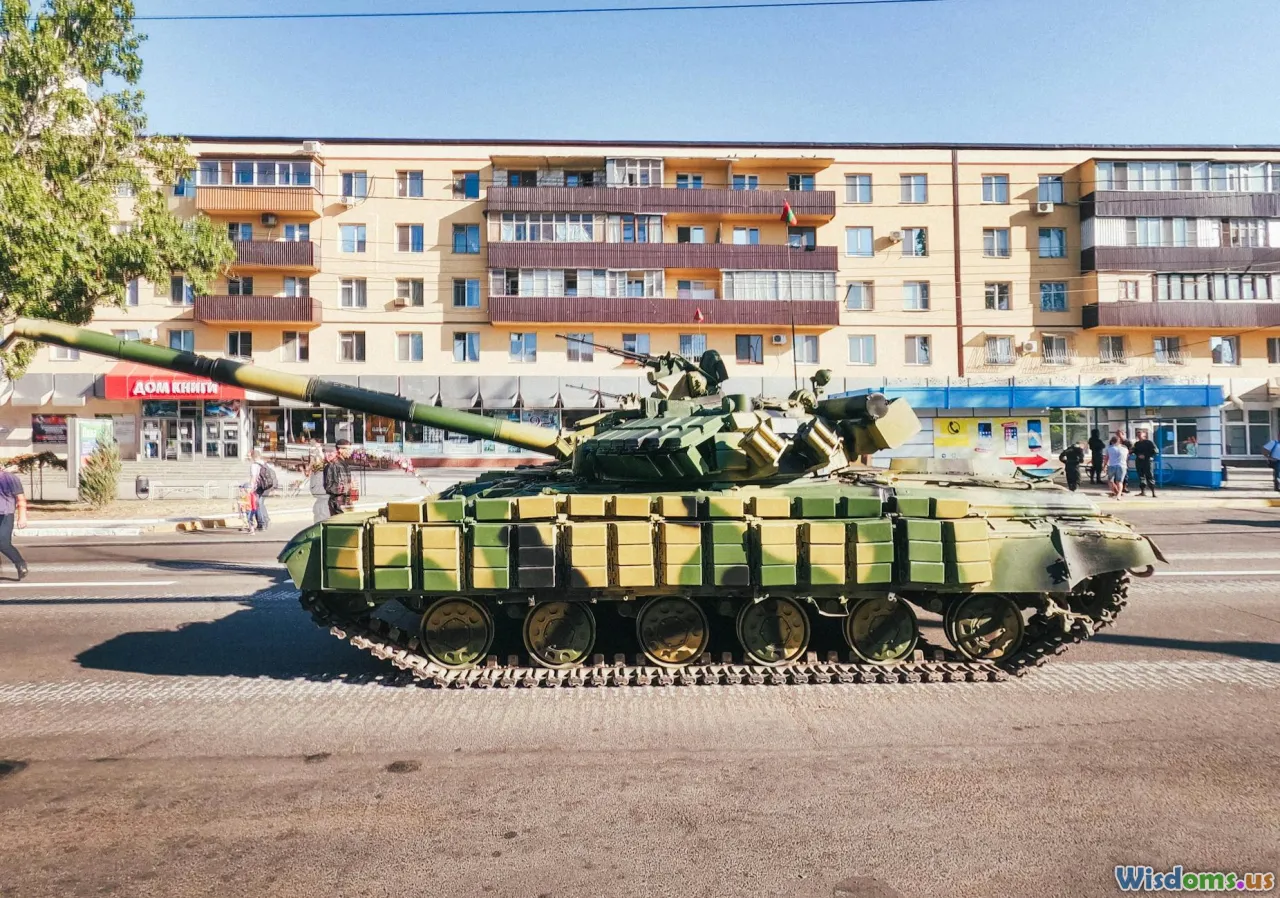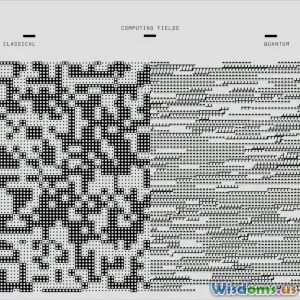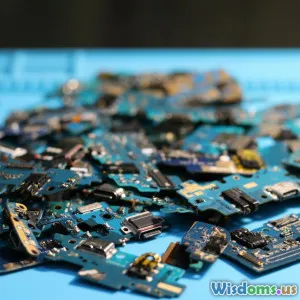
Ten NextGen Armored Vehicles Revolutionizing Warfare in 2024
9 min read Discover ten groundbreaking armored vehicles set to transform warfare in 2024 with cutting-edge technology and strategic innovation. (0 Reviews)
Ten NextGen Armored Vehicles Revolutionizing Warfare in 2024
Warfare technology has always been defined by its ability to innovate, adapt, and anticipate future threats. In 2024, armored vehicles are at the very forefront of this evolution, blending advanced AI, stealth, mobility, and firepower to transform the battlefield as we know it. These next-generation machines are not just improvements—they represent a fundamental change in how armies maneuver, defend, and attack. This article delves into ten groundbreaking armored vehicles that epitomize this revolution, showcasing cutting-edge technology and strategic advances.
1. Rheinmetall's KF51 Panther
Hailed as a leap forward for main battle tanks, the KF51 Panther embodies firepower, protection, and digital superiority. Equipped with a 130mm smoothbore gun, it delivers unparalleled firepower while integrating AI-driven threat detection and an advanced active protection system (APS) to neutralize incoming missiles.
What truly sets the Panther apart is its modular design that allows upgrades over its decades-long service life. Germany’s Rheinmetall describes it as a “tank for the net-centric battlefield,” emphasizing connectivity with drones and UAVs to create a real-time battlefield picture.
“KF51 is not only about brute force but about becoming the intelligence center in armored warfare,” Rheinmetall’s lead engineer remarked in a 2023 briefing.
2. Russia’s T-14 Armata
Despite early skepticism, the T-14 Armata remains a pioneering armored vehicle, thanks to its unmanned turret and automated systems enhancing crew survivability. Its armor incorporates a layered mix of composite and reactive elements, and a new active protection sphere that tracks and neutralizes anti-tank threats automatically.
Its 125mm 2A82-1M cannon supports a range of advanced munitions, including guided missiles. The Armata platform's unmanned turret reduces crew vulnerability—a critical innovation.
3. United States’ Optionally Manned Combat Vehicle (OMCV)
Developed to supplement or potentially replace the Bradley Fighting Vehicle, the OMCV can operate in manned or autonomous modes. Its AI-driven systems can navigate complex terrain and perform reconnaissance without risking soldiers’ lives.
The vehicle’s sensor suite integrates advanced thermal imaging, LIDAR, and electronic warfare capabilities to engage or evade threats effectively. In trials, OMCV demonstrated successful autonomous convoy movement operations under hostile conditions.
4. Israel’s Eitan Wheeled APC
The Eitan breaks the mold of traditional tracked armored personnel carriers by combining high maneuverability with state-of-the-art protection. With a six-wheeled design, it offers speeds exceeding 90 km/h and enhanced mobility in urban and desert environments.
It integrates the Trophy active protection system, which can intercept and destroy anti-tank guided missiles and RPGs in mid-air, considerably improving troop survivability.
5. South Korea’s K2 Black Panther Upgrade
South Korea’s flagship K2 tank is evolving with augmented automation and stealth technologies. The latest upgrade features an enhanced battle management system and composite armor reinforced by nanomaterials for improved protection without battlefield weight penalties.
The tank can control UAVs directly from its cockpit, creating a new dimension of situational awareness that erases traditional battlefield blind spots.
6. France’s Griffon VBMR 6x6
Designed for rapid deployment forces, the Griffon combines protection, payload, and modularity better than most wheeled armored vehicles. Its hybrid electric drive enables silent movement, significantly aiding stealth operations in reconnaissance missions.
The vehicle seats up to 10 soldiers, protects against mines and ballistic threats, and can be configured for command, ambulance, or mortar carrier roles.
7. China’s VT-5 Light Tank
The VT-5 prioritizes weight efficiency and assault efficiency for regions with challenging terrain where heavier tanks cannot maneuver effectively. Weighing just 33 tons, it carries a 105mm rifled gun capable of firing laser-guided anti-tank missiles.
Modern battlefield network systems link VT-5 crews with infantry and air assets, facilitating integrated combined arms warfare.
8. Sweden’s Stridsfordon 120
This infantry fighting vehicle (IFV) features cutting-edge optics, including thermal cameras and three-axis stabilization to maintain firing accuracy on the move. Its 40mm cannon balances rapid-fire capability with firepower against a wide array of targets, from infantry to light armor.
Prime Minister Ulf Kristersson cited the Stridsfordon 120’s system upgrades as a “competitive edge in defensive operations for northern Europe.”
9. Turkey’s Altay MBT
Built with domestic Turkey technology, the Altay advances considerable firepower and self-protection systems including composite armor and an active protection system resistant to kinetic energy penetrators and shaped charges.
Its digital battlefield management system helps coordinate precision strikes alongside artillery and air support. The Altay’s debut reflects Turkey’s increasing emphasis on indigenous military innovation.
10. United Kingdom’s Ajax Armored Vehicle
Ajax integrates a crew of four into a network-centric battle environment with heavy digitization allowing engagement, reconnaissance, and electronic warfare. It’s fitted with a 40mm cannon and multiple sensor arrays giving 360-degree awareness.
The UK army values Ajax for its information superiority combined with physical lethality, positioning it as a future force multiplier in complex conflict zones.
Revolutionizing Battlefields: What This Means for Warfare
These ten vehicles share common themes: enhanced protection via advanced materials and active defense, extended situational awareness through sophisticated sensor suites, and hybrid or fully autonomous operational capabilities. Together, they signal a shift from raw armor and firepower to intelligent, connected platforms acting as integral nodes in a broader battlefield ecosystem.
According to military analyst Dr. Elaine Houston, “The emergence of AI-guided armored vehicles that communicate with drones and commanders in real time is transforming what maneuver warfare looks like.” This networked warfare promises faster decision cycles, greater survivability, and more precise targeting.
Given rapid improvements in precision-guided munitions and increasingly contested environments featuring cyber threats and electronically jammed communications, armored vehicles of 2024 are designed for resilience and adaptability.
Conclusion
The evolution of armored vehicles in 2024 reflects decades of incremental innovation meshed with revolutionary leaps in AI, materials science, and systems integration. Whether it’s the unmanned turret of the Armata, the stealthy maneuverability of Israel’s Eitan, or the AI-directed fleets of the US OMCV, these platforms embody the future of ground combat.
For militaries worldwide, investing in such technologies is vital not only to maintain battlefield dominance but to redefine strategic possibilities in dynamic 21st-century conflicts.
As technology continues to drive these advances, future armored vehicles may become more autonomous, networked, and adaptable than ever before—heralding a new era in land warfare.
Stay tuned as these revolutionary machines continue to shape the military landscape in the years to come.
Rate the Post
User Reviews
Popular Posts




















